Cambrian Blue Clay and Milk Soap, made with raw milk, grass-fed and finished tallow and Cambrian blue clay. Great for sensitive skin!
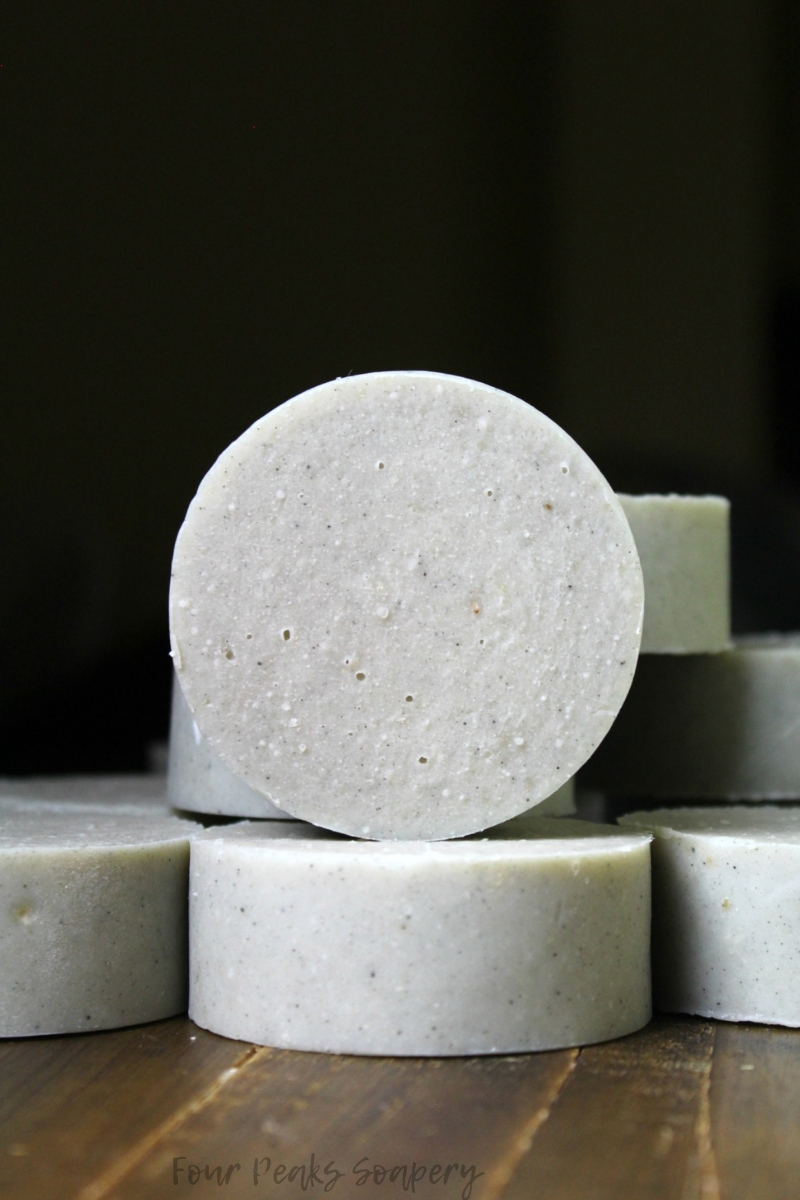
As much as I love smells and dramatically beautiful soaps, sometimes a plain, unscented bar of soap is so fulfilling.
No special smells… nothing fancy, just skin-loving oils and raw milk, combined with Cambrian blue clay. There is something about milk soaps that are so nourishing for the skin.
The cream that rises to the top of the milk is a wonderful source of nutrients for skin, and makes for a wonderful lather when combined with simple oils.
What is Cambrian Blue Clay?
Cambrian blue clay is the most ancient in the world, the richest in mineral composition and the most active as a cosmetic. Cambrian clay cleanses the skin, regulates salt metabolism, promotes regeneration of the epidermis, tightens pores and supports healthy skin.
It’s a wonderful addition to cold process soaps and results in a color cross of light blue and light green.
This soap is actually the best selling soap in my soap shop (and that’s among 70+ varieties!)
Can I use an alternative to raw milk?
If raw milk isn’t an option in your area, feel free to substitute your own choice of milk – whether coconut, almond, or goat’s milk.
Using raw milk is possible in any cold process soap recipe – it just requires that you weigh the milk and freeze in ice cube trays prior to starting your project. Milk has a considerable amount of sugar, and those sugars have a tendency to burn when combined with the lye.
By freezing beforehand, you prevent the milk from scorching the sugars, keeping the color a beautiful ivory.
Oils and Fats:
- 2 oz castor oil
- 13 oz extra virgin olive oil
- 8 oz coconut oil
- 3 oz tallow
- 5 oz unrefined shea butter
- 4 oz avocado oil
Lye and Liquid:
- 4.78 oz lye (5% superfat)
- 11.55 oz raw milk
Additions:
- 3 tsp Cambrian blue clay
#1: Suit up for safety. Put on goggles, wear gloves and don clothes that have long sleeves. Go a step further and make sure all distractions are out of the room/house – kids, pets, etc. Use a well-ventilated area (I like to use my kitchen sink because I have a few windows behind it that provide ventilation).
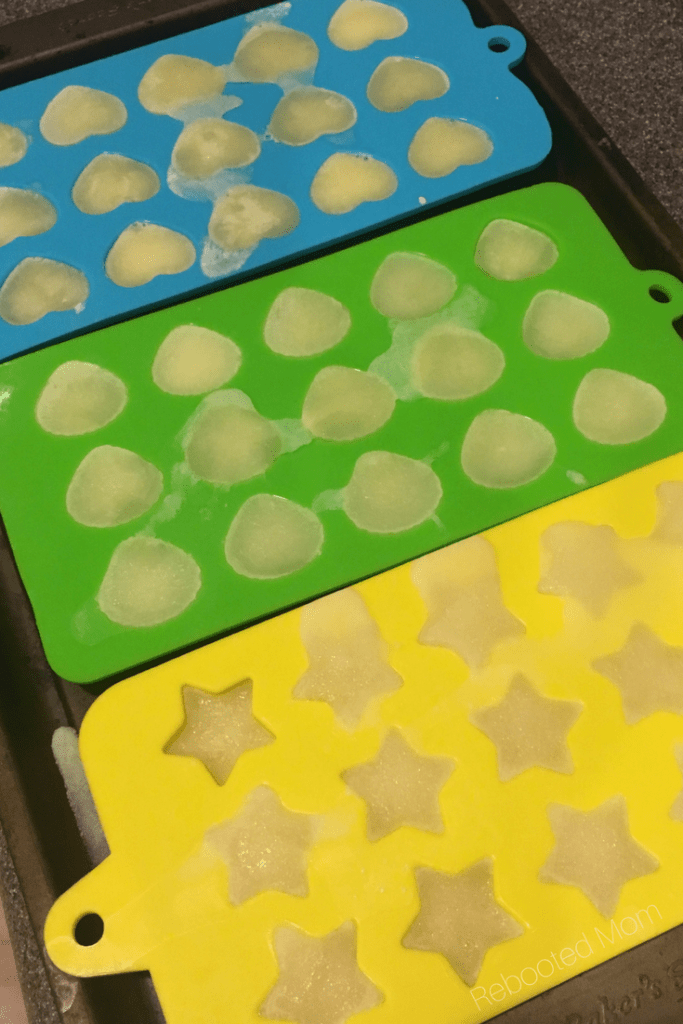
#2: Weigh out the milk you will be using in a plastic cup or pitcher and pour into ice cube trays the day or night before making soap. Milk needs to be frozen in order to prevent scorching.
#3: Prepare all of your ingredients – and have everything set aside to start:
- Thermometer (one that you don’t use for food)
- Silicone Column Mold, 31 oz – I LOVE this mold!
- Pyrex 8 cup measuring device – not required, but so handy to have!
- Immersion Blender – you don’t have to spend oodles but you will want something reliable with a metal stick, not plastic.
- Lye – this is the brand we use
- Digital Scale to measure your ingredients
If you aren’t up for making regular, rectangular bars of soap, you can simply pour the batter into an empty (cleaned out) Pringles can. (Don’t worry, your soap won’t smell like Pringles!) A Pringles can holds 32 oz – so you will want to use this lye calculator to punch in the stats oils above, then use the re-sizing tool to fit your Pringles mold.
#4: Pull out the milk you plan on using in your recipe. If you have it frozen into ice cubes, place the cubes in a heavy plastic measuring cup or bowl, and set that bowl in another dish filled with ice. This will keep the milk as cold as possible while the lye works to break it down.
#5: Sprinkle the lye into your milk ice cubes, a little at a time. At first, there will be little to no reaction, but after 10-15 seconds, you will see the ice cubes start to melt. Stir slowly as you continue to add little bits of lye until the lye is fully dissolved in the milk.
#6: Combine your oils that you have weighed out. You will want to make sure your oils are between 90-100 degrees F – if the oils are not 90-100 degrees, you can combine them in a pot on the stove and heat slowly.
#7: Pour the lye mixture into the oils. Add your clay. Use your immersion blender to stir mixture together, making sure to pulse the immersion and take 15-20 second breaks. Don’t overheat your stick blender. Blend with your stick blender until the mixture reaches a thick trace. It may take anywhere from 3-7 minutes if not more.
#8: Pour the batter into the mold evenly distributing from one side to another. Use a paddle or long spoon to spoon out as much of the batter as you can – texture the top, and then gently place in the rear of your freezer for up to 24 hours.
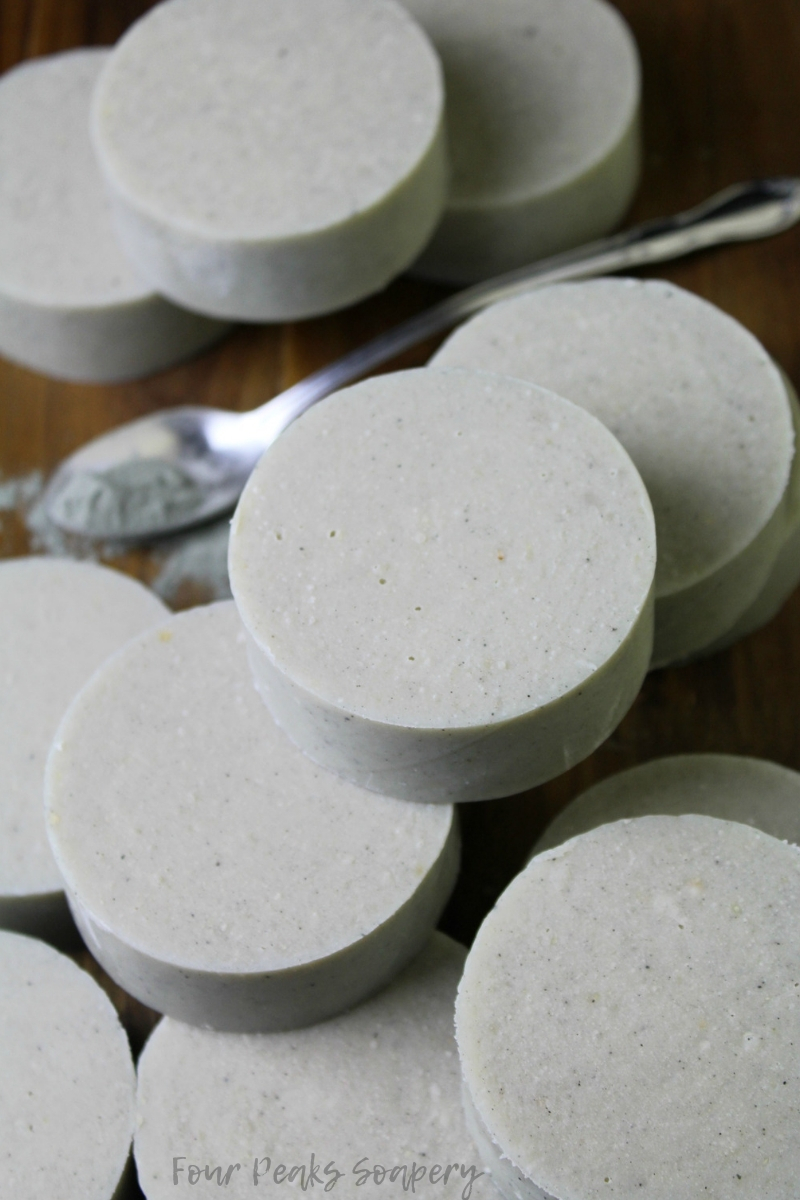
After 24 hours in the freezer, remove the soap and allow to sit for 12-18 hours at room temperature. Use your gloves to gently unmold and cut into bars, then allow those bars to cure for 4-6 weeks before using.
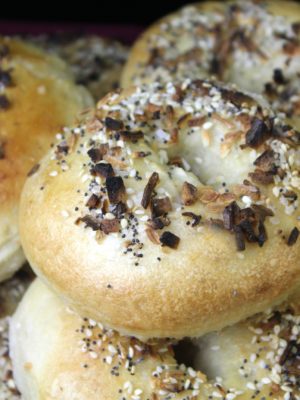
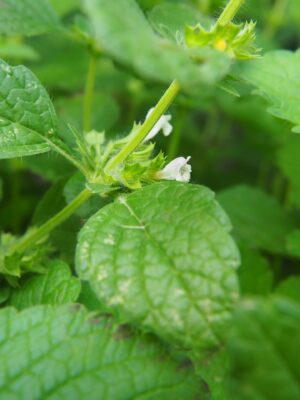
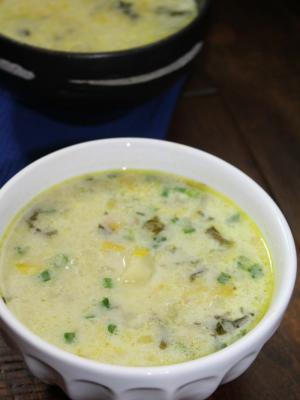
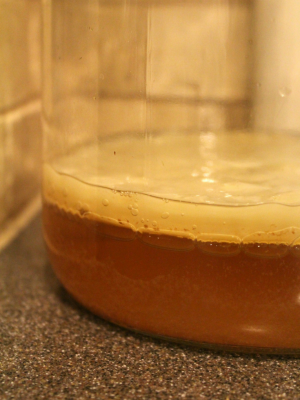
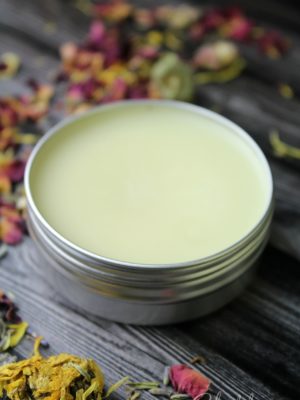
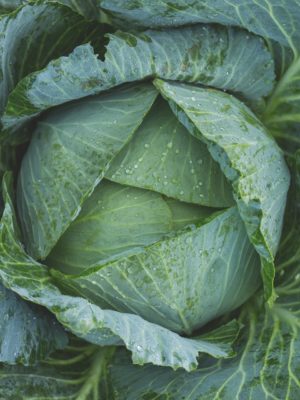
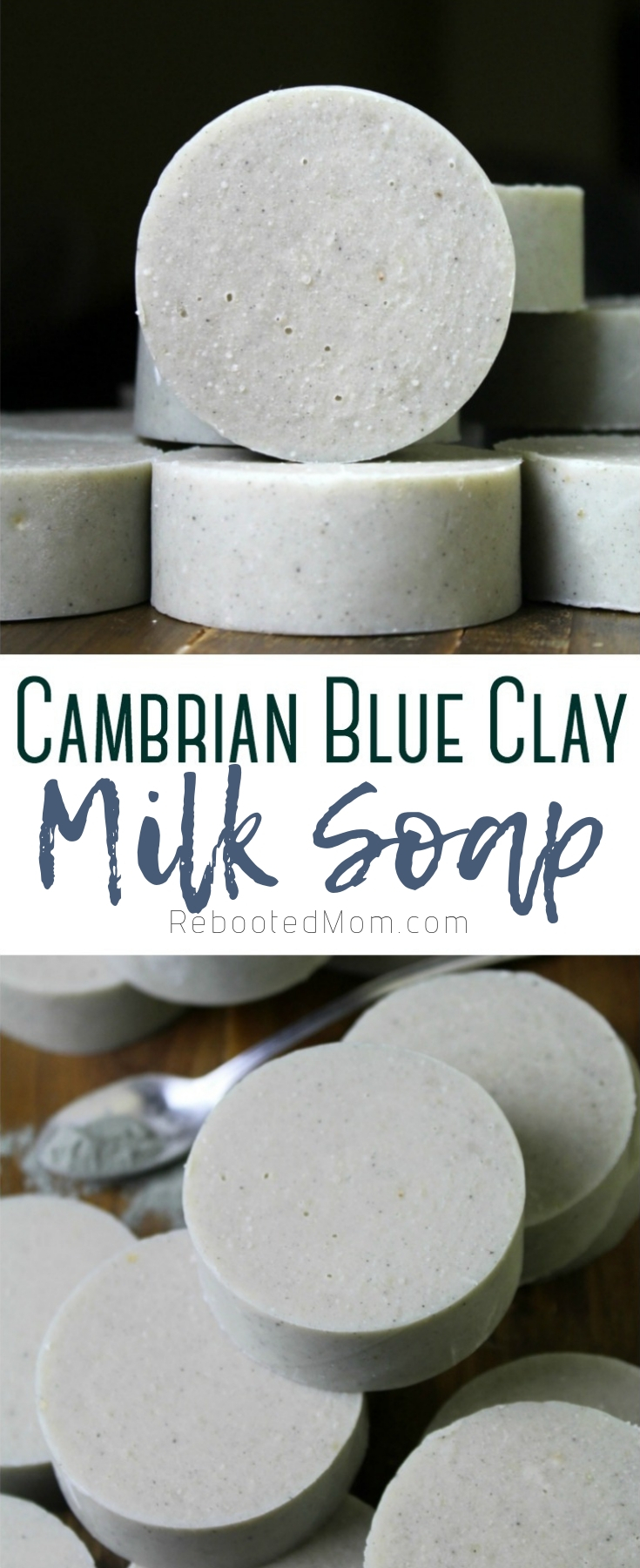

Where do you get the Cambrian blue clay?
You can get it on Amazon and if you have a soap supply store near you, order it there as well. Wholesale Soap Supplies, or even Bulk Apothecary online. I get mine on Amazon, it’s a small box that lasts a long, long time!